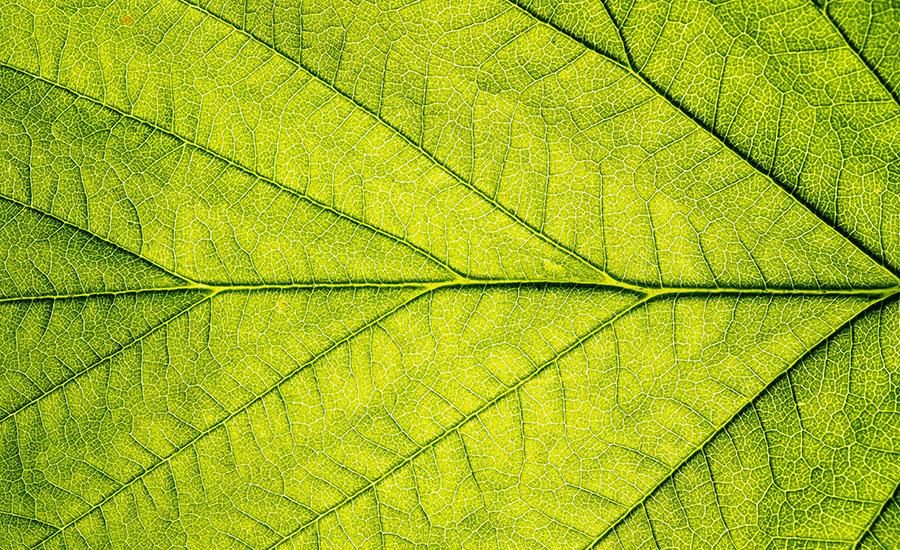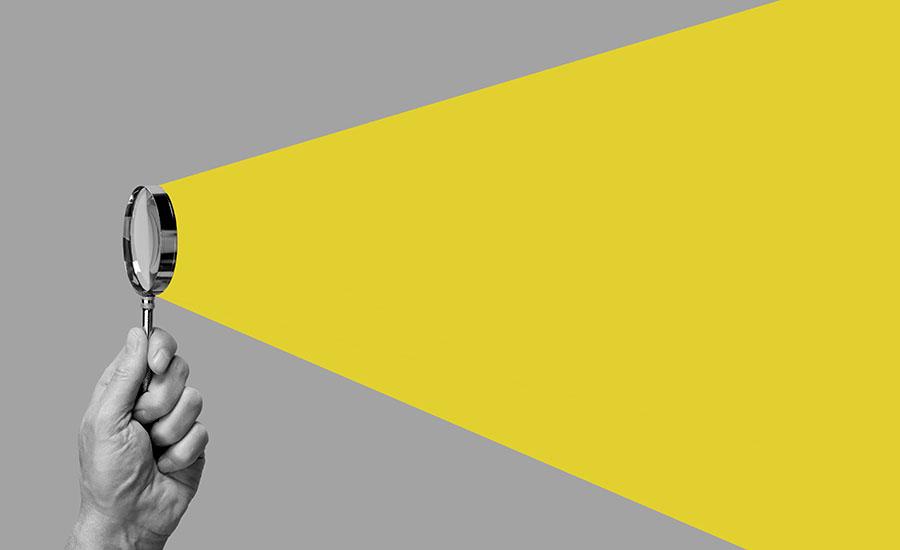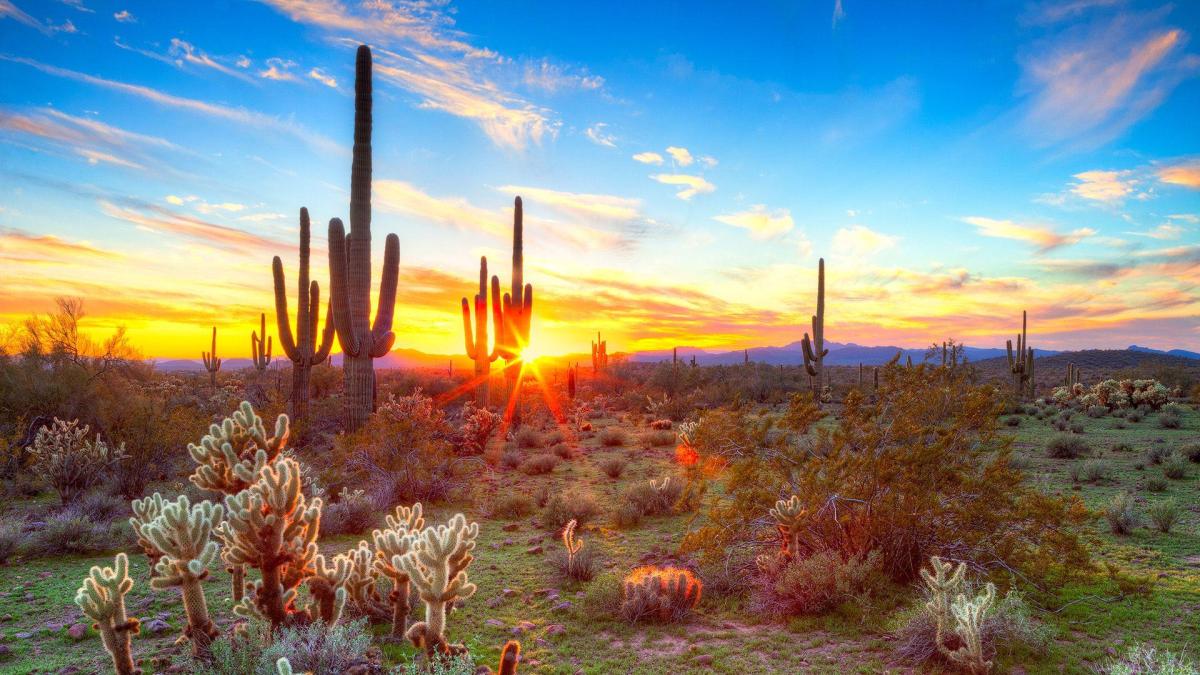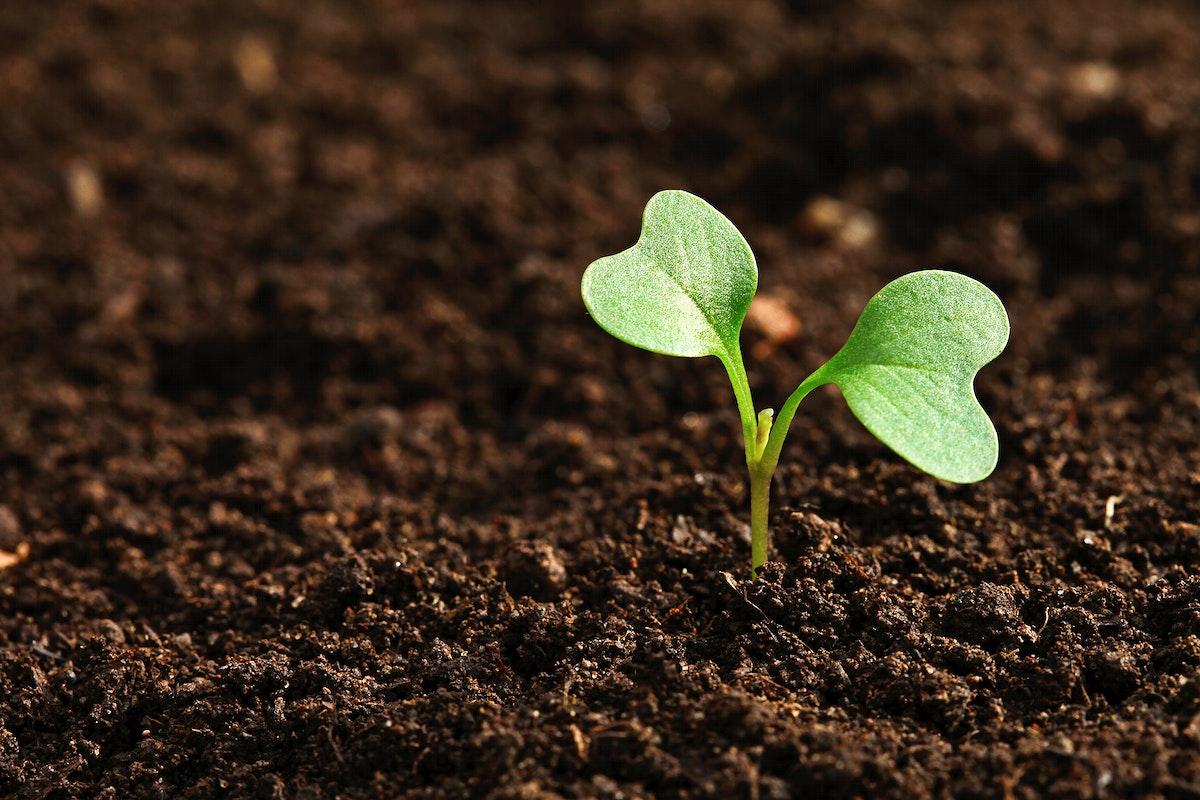
Learning Through Leaf Packs: Chemical Testing to Assess Water Quality (Lesson 8 of 8)
This is an 8-lesson unit that is designed to be used together to learn about the health and diversity of your local watershed by placing leaf packs into a water source (natural or man-made ponds, lakes, streams, and rivers) and attracting macroinvertebrates. This is the final lesson in a series of 8. Links to lessons and resources are included.
Students test water quality in this engaging lesson. If you do not live close to a water source, the Leaf Pack Network has an online simulation. They will collect results and create a Google Slides presentation to describe the test, how it was performed and what it revealed about the water quality of the sources.
Lesson Plan Link/URL
https://docs.google.com/presentation/d/1u2o4LA-48ODL4EjYkT-dcqjQUHZkKeJp/edit?u…Related Content

Does light have energy? In this lesson, students will engage in a practical experiment to witness how light can induce changes such as heating, altering colors, and setting objects in motion. As

This lesson is about exploring Arizona's state bird, the cactus wren, that lives in the desert, has special body parts and behaviors that help it survive in its harsh environment. Students will learn

This is the part 2 of composting lesson aligned to narrative writing. In this lesson, students embark in the experience of observing the decomposition process of the materials, identifying the factors